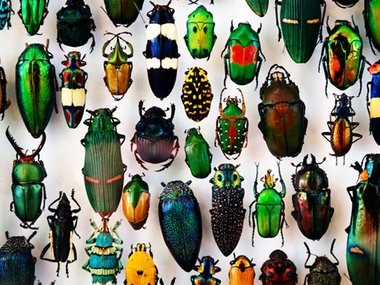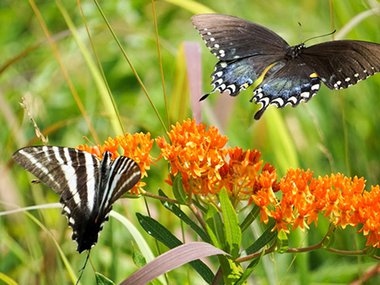Take a Phenological Walk with Me
Hey there, science lovers! Lexie Barrell here. I love helping Museum guests learn all about the world around them, especially when it comes to plants and animals! And phenology is a great place to start!
What is phenology? No, I’m not talking about the size of your skull but the calendar of Earth! Phenology is the study of cycles in plants and animals throughout time.
You, most likely, have been observing phenology for years without ever realizing it.
Have you noticed that the cherry blossoms are blooming earlier than they did a decade ago? Maybe you have noticed mosquito season lasting longer.
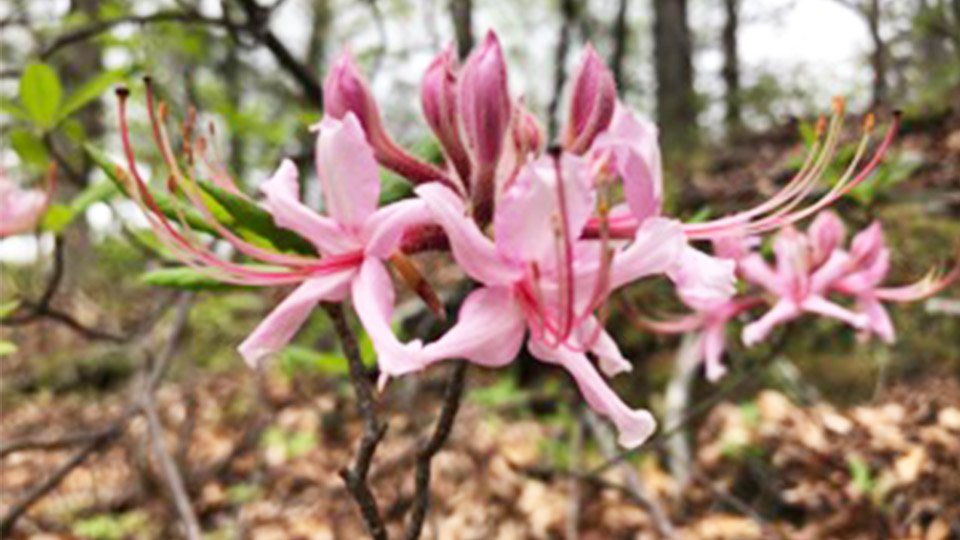
A blooming native Azalea
All of these are cycles. Phenology is a really important resource for scientists. Phenology helps us monitor things like invasive species, reactions to climate change and allergy seasons. Additionally, it helps farmers know the best time to plant and harvest their crops.
Want to get involved?
Easy! Just make and record observations! And thanks to the marvels of modern technology, there’s an app for that! iNaturalist is a free and easy app that helps you log observations. Just pick a plant or an animal that you want to study. I find that when you are first starting out, it’s easier to start with a single plant.
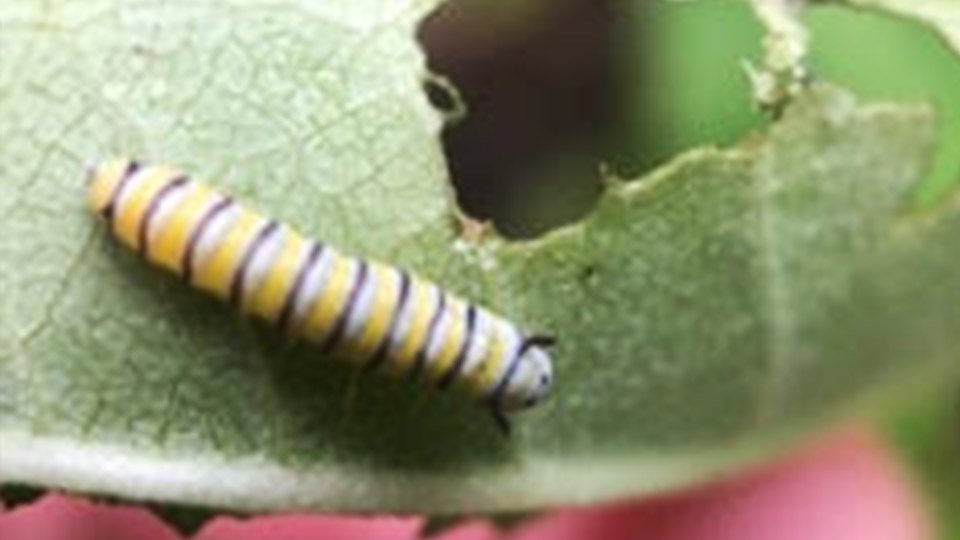
Monarch caterpillars depends on milkweed plants to survive.
Once a week (if you can) go to the plant you picked and take a picture of it. Upload your observation into the iNaturalist app. The app does most of the work for you by attempting to identify your species as well as logging the time, date and location.
There is a notes section where you can identify new information about your plant. Once your data is in the app, scientists and other users from around the globe can look at what you uploaded, they can make edits and suggestions (including confirming or clarifying an identification) and use the data for their research.
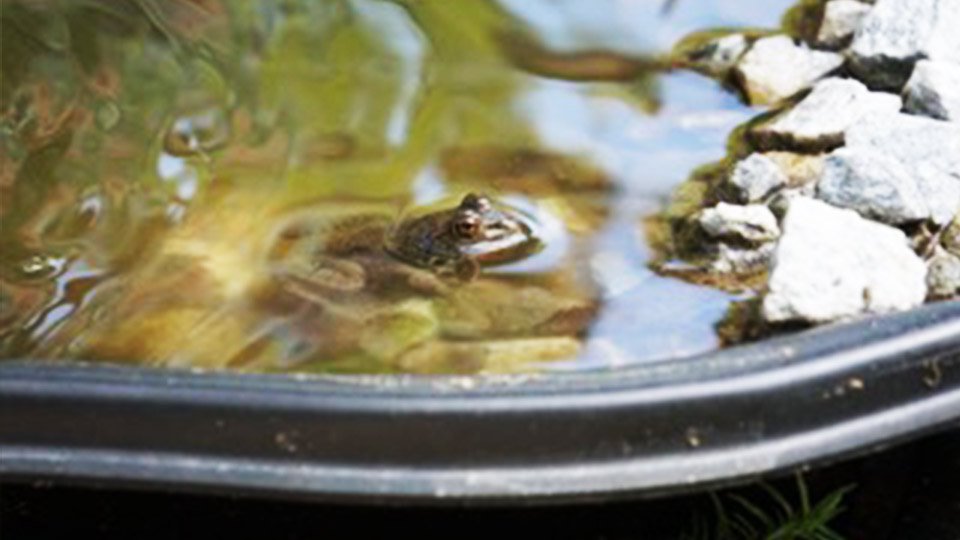
Do you see something? Look closely, wildlife can be difficult to spot!
When studying phenology, you are focusing on the plant’s (or animal’s) cycles. When does your plant bloom? How many blooms are on your plant? Does your plant fruit? If so, when does it begin? When do leaves on your plant begin to die?
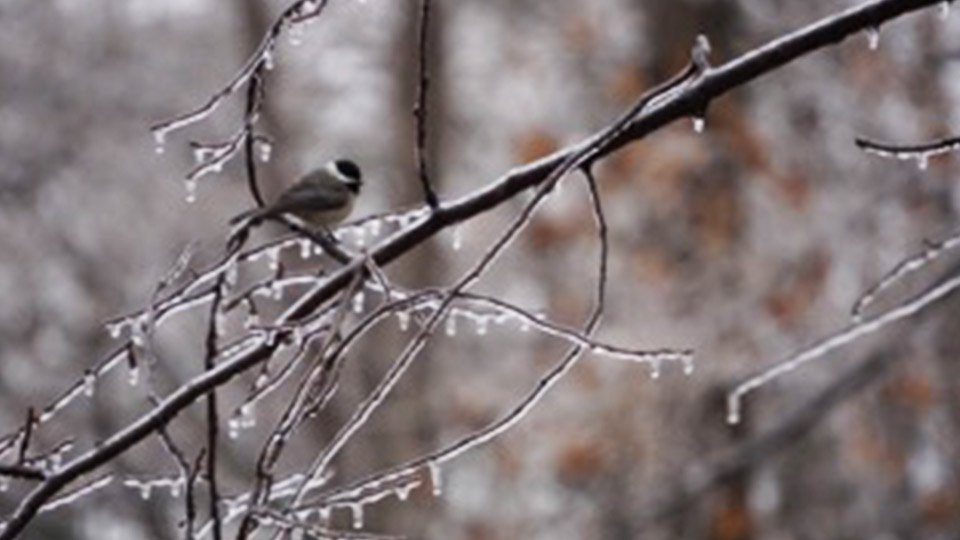
You can practice phenology year round! Wildlife never stops!
All of these, and many more, are great to note in each observation. As you continue with your observations you will begin to notice your plant cycle and will be able to predict when it will bloom, fruit, and so on.
Your work and observations can help scientists all around the globe. If you are interested in becoming a phenologist yourself check out these resources!
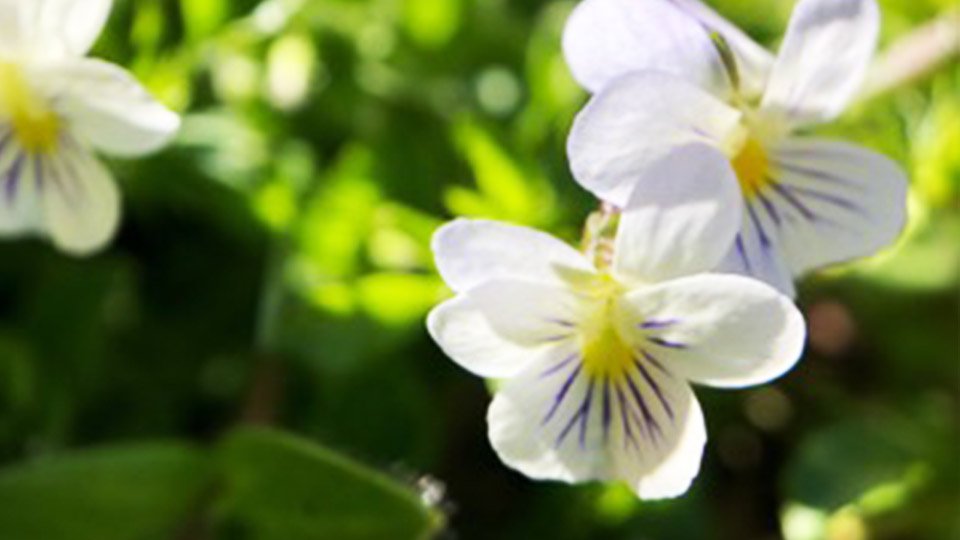
Full booms on an American Field Pansy
Check Out These Links
https://www.usanpn.org/usa-national-phenology-network
Digital Atlas of Virginia Flora:
http://vaplantatlas.org/
Virginia wildlife:
https://www.dgif.virginia.gov/wildlife/

Images courtesy of @living_garden_va
